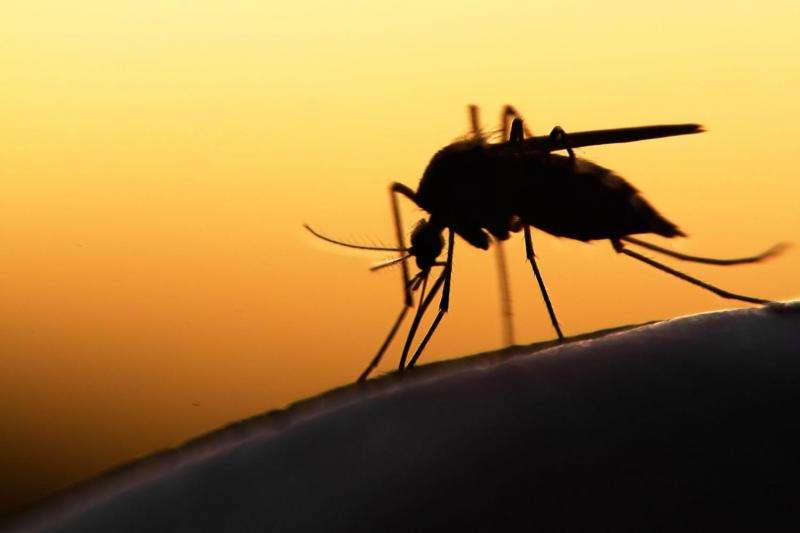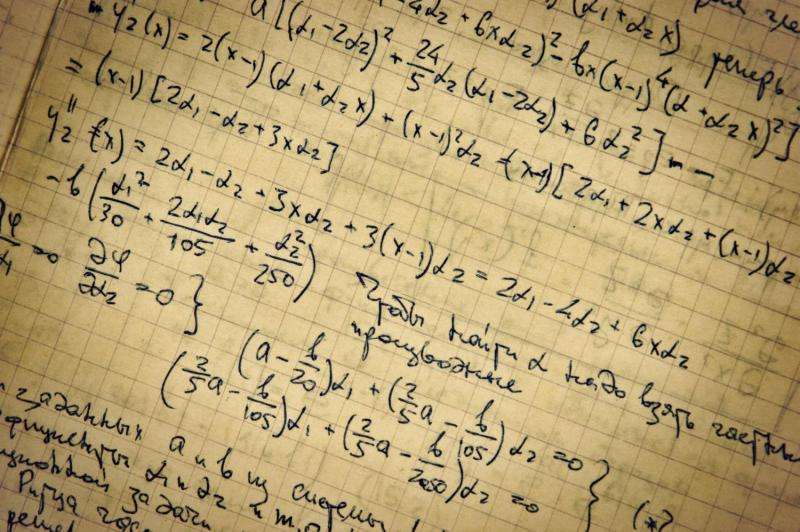Mathematical models accurately predict real-life malaria outbreaks

Malaria is just one of many potentially fatal illnesses that spread through the same mechanism: mosquitoes draw blood from infected humans during blood meals then inject that infection into other humans during later meals. In 2015, the World Health Organization estimated that about 214 million people in the world contracted malaria, killing nearly half a million.
For just over a century, epidemiologists have used increasingly complex and accurate mathematical models to try to predict how diseases such as malaria spread. Now, Malaysian computer scientists are designing a 'generic mosquito model' that promises to improve the way medical authorities can track the spread of many types of epidemics.
The researchers liken what they call the 'random walks' of mosquito and human populations moving through space and time to a large-scale form of Brownian motion, a physics term that describes the random movement of tiny solid particles suspended in a fluid. The collection of formulas they used to model these random walks is described as a 'spatio-temporal' model because it incorporates the space- and time-related movements of mosquitos and humans.
Using the formulas, the team modelled predictions of the spread and density of malaria over time in four districts in Sarawak, Malaysia using more than a dozen variables ranging from diffusion times for insects and humans, to how long a mosquito took to bite someone. They then compared the models with the actual spread of the disease as documented by medical authorities. They found the model to be extremely accurate in two districts and slightly less so but still useful in the other two.

The research team has tested the generic model with malaria, but say it should also apply to other serious mosquito-borne illnesses that include dengue, yellow fever, filariasis, Japanese encephalitis and the Zika virus. Mosquitoes spread each of these diseases while moving randomly through time and space, infecting humans that are doing much the same thing.
Mathematical models based on understandings of these time and space factors, and a disease's host and pathogens, can be used to forecast the spread and prevalence of infections. They can also help to analyse control measures, such as vaccinations or mosquito nets, to find out which ones best control a particular disease's spread.
The results of this study are encouraging, and the researchers say they will now test their model further on other diseases, beginning with dengue fever. They also plan to refine two elements of the model: a module that accounts for spacing between disease subjects and another that can be used to help identify which measures best control particular diseases.



















